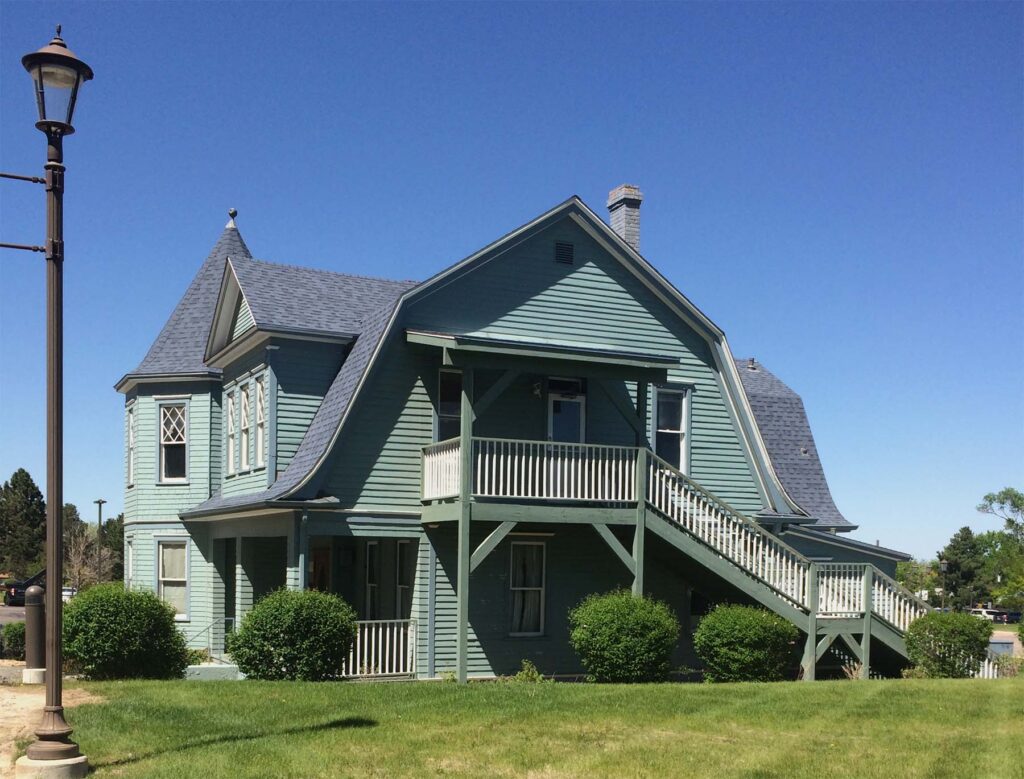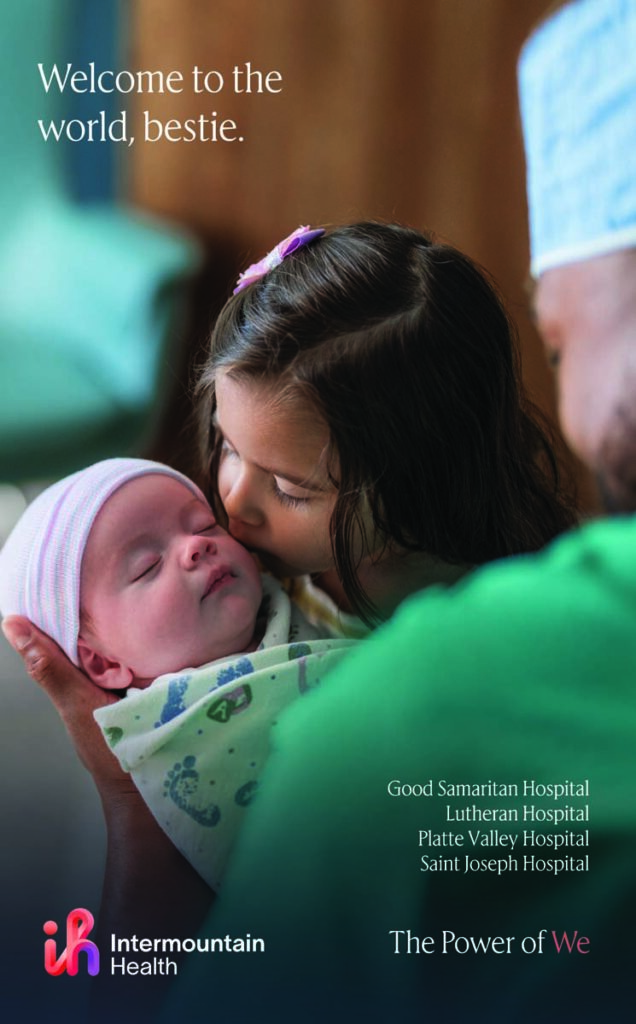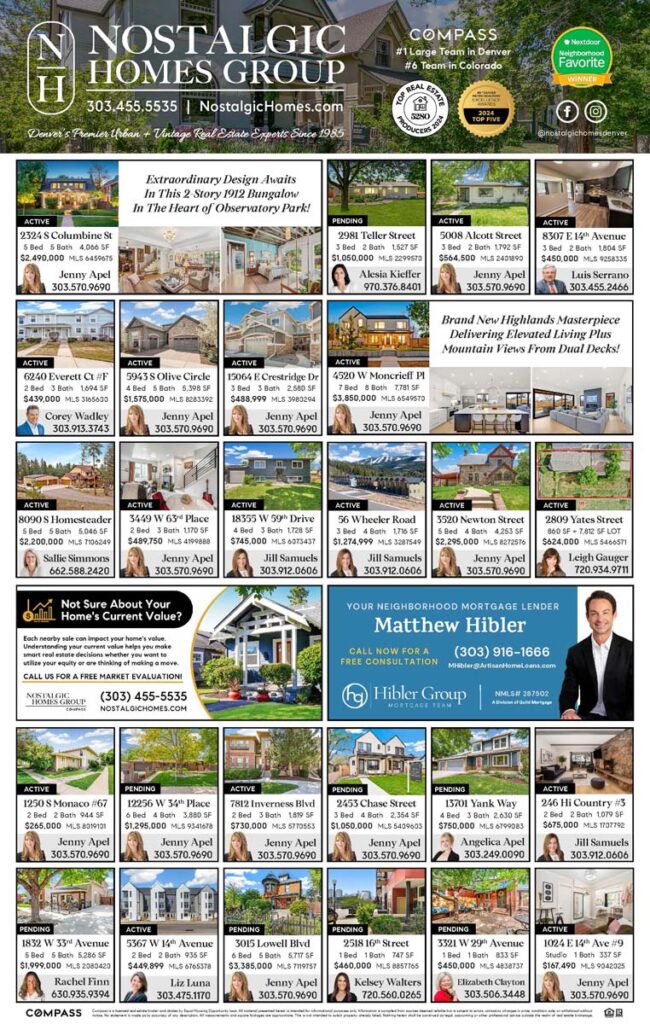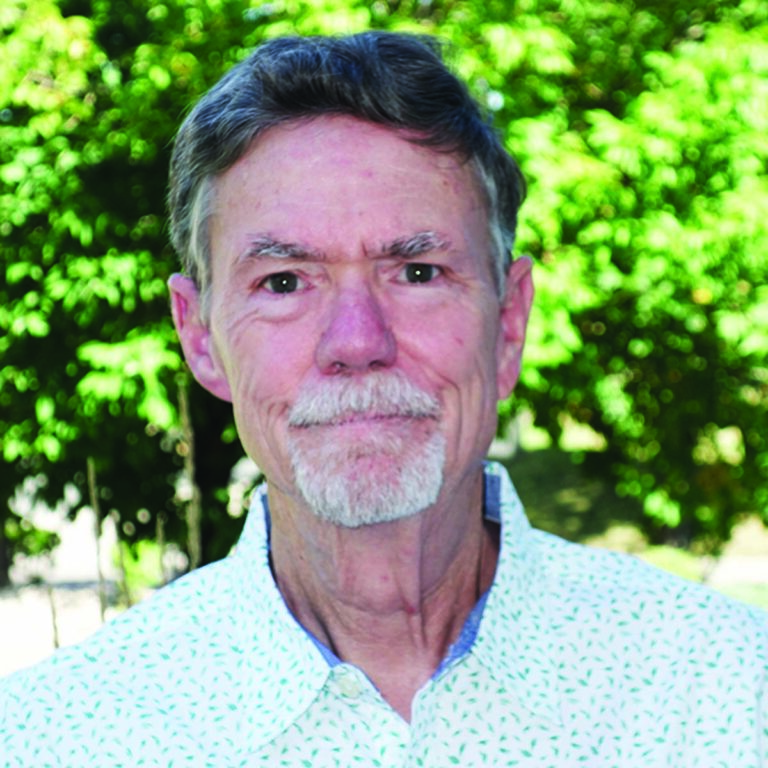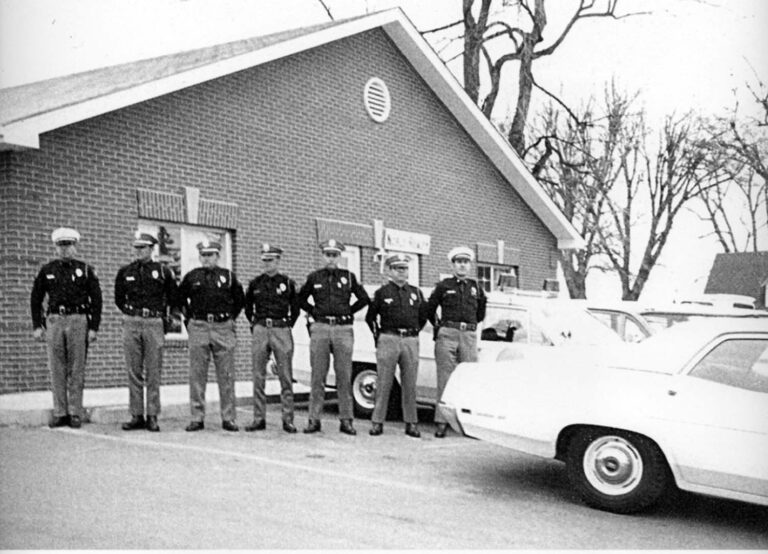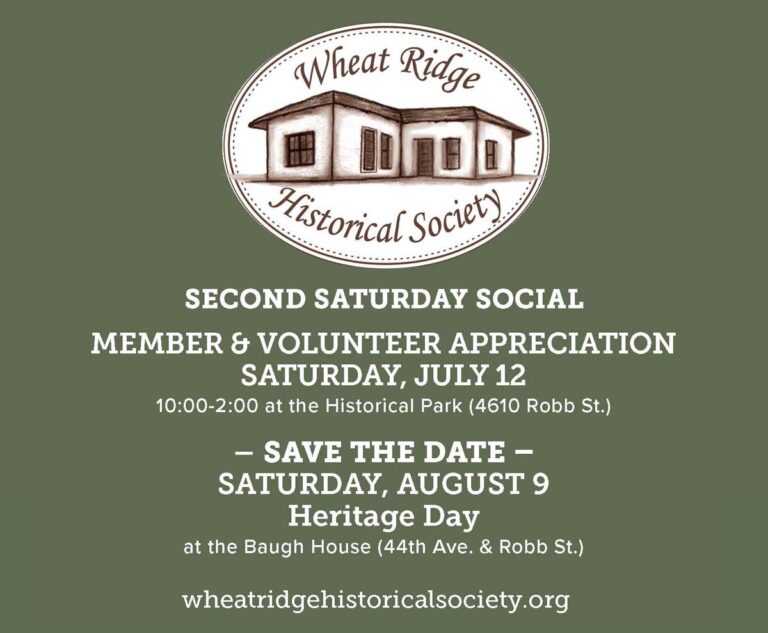Ask many adults who grew up in the Wheat Ridge area about the Blue House, and they will regale you with joyful memories of meals with their elders in the charming “Blue House Tea Room and Consignment Shoppe” in the large farm house located west of the main entrance to the SCL Lutheran campus on West 38th Avenue.
Most folks have little idea of the complex history of the three-story, 16-room farmhouse. In an effort to tell the complete story of one of the city’s true gems, two Neighborhood Gazette columns will be devoted to the tale. Following is part one; part two will appear next month.
According to a 1991 article in the journal Historically Jeffco (Vol. 4, No. 2), the Blue House was built in 1902. Almost immediately, the fate of the stately farmhouse took an unexpected turn that would ensure its place in Wheat Ridge history. The migration of people that had started in the late 1800s continued to grow at an alarming rate. Individuals with tuberculosis, seeking the clean, dry air that medical science felt was the cure for their disease, arrived in droves. One Denver doctor reported that “no part of the globe promises more help to cure tuberculosis than Colorado because of the purity and dryness of the atmosphere,” according to Historically Jeffco. The afflicted and their families believed.
And so they came, in numbers that rivaled the Gold Rush of 1849. In the 1880s it was estimated that one-third of new settlers were classified as “health seekers.” By 1903 members of St John’s Lutheran Church in Denver met to forge a plan for a tuberculosis sanitarium for the region, and in 1905 the Evangelical Lutheran Sanitarium, a 15-tent colony for TB patients, opened – right beside the Blue House, which became the administrative and receiving center and featured eight second-floor rooms for the most seriously ill.
By 1915, after years of the tent city and the house functioning year-round at capacity – and no let-up in sight – money was raised to build a new pavilion. It was completed in 1921, and the Blue House was repurposed to feature offices and a laboratory on the first floor and a dormitory for nurses upstairs. In 1932 after another decade at capacity, still more space was needed, and the complex was expanded to include the Romanesque chapel, a women’s wing and residences. The Blue House continued as a nurses’ dormitory and provided housing for patients’ families.
The post-World War II years brought more changes and another new emphasis for the Blue House. Ah, but that’s a story for another day. Don’t forget, the Historical Park museums are open Tuesday through Friday, 10 a.m. to 3 p.m., for tours.
Learn more at our website: WheatRidgeHistoricalSociety.org, or email us at: WRHistorical@gmail.com

